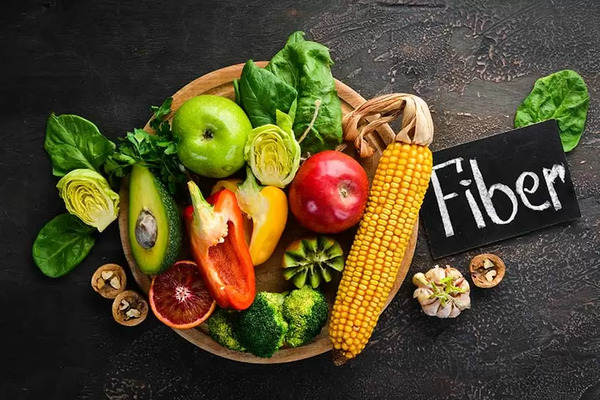
As we grow older, our bodies undergo numerous changes, and one key to healthy aging is maintaining a well-balanced diet. Consuming fiber is an essential part of this process, as it provides a range of health benefits that are particularly important for older adults. In this article, we will explore the significance of fiber in the context of senior living, and offer tips on how to incorporate more fiber into your daily meals.
Understanding The Role of Fiber in Senior Living
Fiber is a type of carbohydrate that our bodies cannot digest. It is classified into two main types: soluble and insoluble. While soluble fiber dissolves in water and forms a gel-like substance, aiding digestion and lowering cholesterol, insoluble fiber adds bulk to our stools, helping to prevent constipation.
Digestive Health
As we age, our digestive systems can become less efficient, leading to a variety of issues such as constipation, diverticulitis, and hemorrhoids. A diet rich in fiber can help alleviate these problems by promoting regular bowel movements and preventing the build-up of waste in the colon.
Heart Health
Heart disease remains a leading cause of death among older adults. Consuming a sufficient amount of fiber can help to lower cholesterol levels and reduce the risk of heart disease, as it binds with cholesterol particles in the digestive system and removes them from the body.
Blood Sugar Control
Diabetes is another common health concern for older individuals. Fiber can help manage blood sugar levels by slowing down the absorption of sugar into the bloodstream, reducing the risk of blood sugar spikes.
How Much Fiber Do You Need?
The recommended daily intake of fiber for older adults varies depending on age and gender. Women aged 51 and older should aim for 21 grams of fiber per day, while men in the same age group should strive for 30 grams. It is essential to note that these values are general guidelines, and individual needs may vary.
Simple Ways To Increase Your Fiber Intake
To ensure you are consuming enough fiber for healthy aging, consider incorporating the following tips into your daily routine:
Eat More Whole Grains
Swap out refined grains like white rice and white bread for whole grains such as brown rice, whole wheat bread, and quinoa. These options are higher in fiber and provide additional nutrients.
Load Up on Fruits and Vegetables
Fruits and vegetables are excellent sources of fiber. Aim for at least five servings of fruits and vegetables each day, preferably with the skin on, as it often contains a substantial amount of fiber.
Include Legumes in Your Diet
Beans, lentils, and peas are rich in both soluble and insoluble fiber. Adding them to soups, salads, or as a side dish can significantly increase your daily fiber intake.
Snack Smart
Instead of reaching for chips or cookies, opt for fiber-rich snacks like nuts, seeds, or air-popped popcorn.
Gradually Increase Your Intake
It is essential to increase your fiber intake gradually to avoid digestive discomfort. Give your body time to adjust to the increased fiber consumption, and be sure to drink plenty of water to help the fiber move through your digestive system.
In conclusion, consuming fiber plays a crucial role in healthy aging and overall well-being for older adults. By incorporating more fiber-rich foods into your daily meals, you can support your digestive, heart, and blood sugar health, contributing to a happier and healthier senior living experience.
















.png)
.png)








Leave Your Comment & Rating Below
0 Comment(s)